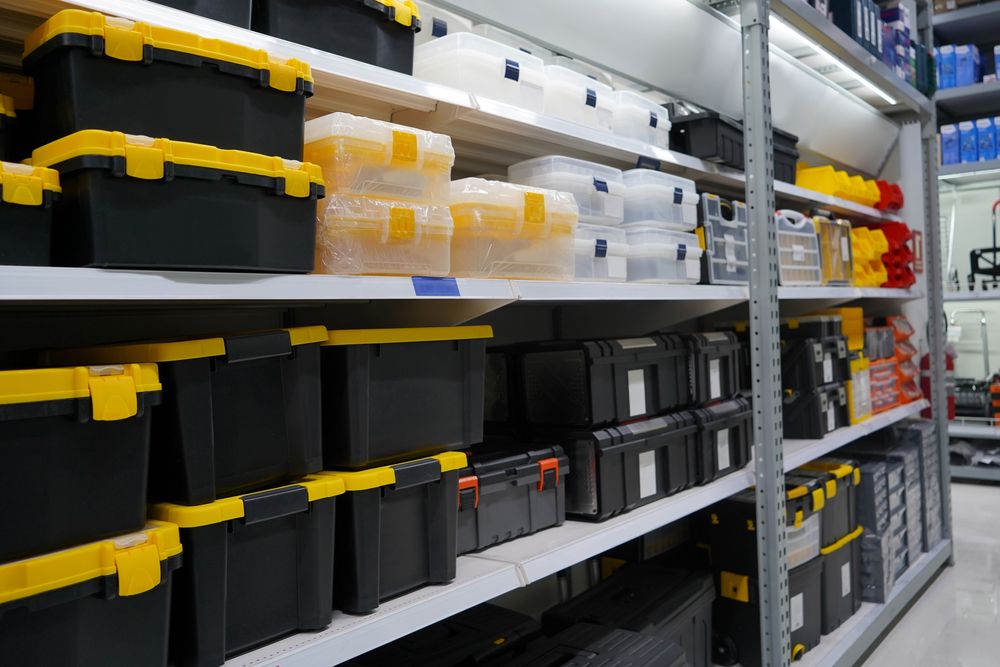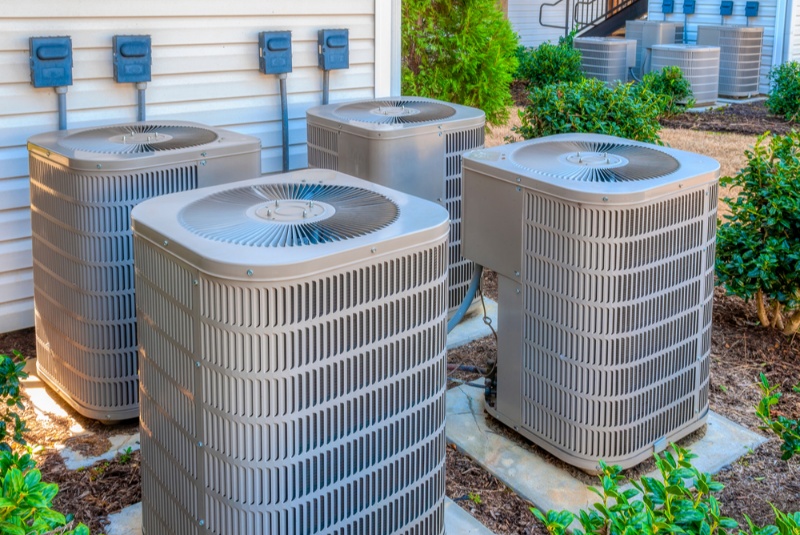For many homeowners, the garage becomes a catch-all space—storing everything from tools and sports gear to holiday decorations and household overflow. Without a good system in place, garages can quickly become cluttered, chaotic, and frustrating to navigate.
The good news? With the right storage solutions, you can transform your garage into an organized, functional space that not only holds your belongings but also protects them and makes them easy to access. This guide walks you through the key steps to finding the best garage storage solutions for your needs, space, and budget.
1. Assess Your Storage Needs
Before purchasing shelves, cabinets, or racks, take the time to assess exactly what you need to store.
Questions to Ask:
-
What types of items are you storing? (Tools, sports equipment, gardening supplies, seasonal items, etc.)
-
How often do you need to access these items?
-
Are any items heavy, bulky, or hazardous?
-
Do you need to store vehicles or leave space for workbenches?
Make a detailed list of everything in your garage and group similar items together. This step helps you plan efficient zones and ensures you invest in the right kinds of storage.
2. Maximize Vertical Space
One of the best strategies for garage organization is going up, not out. By maximizing vertical space, you free up valuable floor area and make use of underutilized walls.
Smart Vertical Storage Ideas:
-
Wall-mounted shelving units for boxes and bins
-
Pegboards with hooks for hand tools and accessories
-
Wall hooks or racks for bikes, ladders, or garden tools
-
Overhead ceiling racks for long-term or seasonal storage
Vertical storage solutions keep your floor clear, making the garage safer and easier to navigate.
3. Choose Sturdy, Durable Materials
Garage environments can be tough on storage systems due to fluctuating temperatures, humidity, and exposure to dust or chemicals.
Material Tips:
-
Metal shelving units are strong and durable, perfect for heavy tools or equipment.
-
Plastic bins work well for moisture-prone items and are easy to clean.
-
Wood shelves or cabinets provide a polished look but may require extra maintenance.
Whatever you choose, ensure the materials are rated for garage use and can handle the weight and conditions you expect.
4. Select the Right Shelving and Cabinets
Not all garage storage is created equal. Choosing the right combination of shelves and cabinets helps create a system that meets both your functional and aesthetic needs.
Shelving Options:
-
Freestanding shelves: Flexible and easy to reposition; great for renters or frequent reorganizers.
-
Wall-mounted shelves: More permanent but save floor space.
-
Adjustable shelves: Allow you to customize spacing for different-sized items.
Cabinet Options:
-
Metal cabinets: Lockable and heavy-duty for tools or hazardous materials.
-
Plastic cabinets: Lightweight, rust-resistant, and budget-friendly.
-
Wood cabinets: Stylish but best for climate-controlled garages.
Mixing open shelves with closed cabinets provides both visibility and protection.
5. Use Bins and Containers for Small Items
Loose small items—like nails, screws, craft supplies, or extension cords—can create clutter quickly. Investing in bins and containers keeps these items grouped and easy to find.
Container Tips:
-
Label each bin clearly for quick identification.
-
Use clear bins when possible to see contents at a glance.
-
Stackable containers maximize vertical space and prevent tipping.
Dedicated small parts organizers, drawer units, or compartmentalized boxes are also great for keeping tiny items in check.
6. Organize Tools Effectively
For homeowners or hobbyists with a large tool collection, tool organization is key to both efficiency and safety.
Tool Storage Solutions:
-
Pegboards with hooks: Customize your layout and see tools easily.
-
Rolling tool chests or carts: Provide mobile, secure storage.
-
Magnetic strips or rails: Keep frequently used hand tools within arm’s reach.
-
Tool cabinets: Protect expensive or specialty tools from dust and moisture.
Organize tools by type or function and return them to their designated spots after each use to maintain order.
7. Plan for Sports and Outdoor Equipment
Sports gear, bikes, and outdoor equipment are common garage items that take up a lot of space. Specialized storage solutions help keep them organized.
Best Storage Options:
-
Wall-mounted bike racks or ceiling hoists
-
Ball racks, mesh bags, or baskets for loose gear
-
Rolling carts or lockers for seasonal items like skis or camping equipment
By assigning a dedicated space to each type of equipment, you avoid clutter and protect your investments.
8. Consider a Workbench or Utility Area
If you use your garage for projects or repairs, creating a designated work area can help keep your space functional and organized.
Workbench Tips:
-
Install a sturdy, well-lit workbench with a cleanable surface.
-
Add pegboards or shelving above the bench for tools and supplies.
-
Use drawers or rolling carts for small tools and frequently used materials.
Keeping your work zone separate from general storage improves both efficiency and safety.
9. Think About Long-Term and Seasonal Storage
Some items only need to be accessed once or twice a year, such as holiday decorations, camping gear, or seasonal clothing.
Best Practices:
-
Use overhead ceiling racks for long-term storage.
-
Label boxes and bins clearly with contents and season.
-
Store off-season items toward the back or higher up, keeping everyday items within easy reach.
This ensures you’re not constantly digging through boxes for things you rarely need.
10. Set a Realistic Budget
Garage storage solutions range from simple DIY fixes to full custom-built systems. Your budget will determine how extensive your upgrades can be.
Budget Ranges:
-
Low budget ($50–$200): Basic shelving, hooks, and bins.
-
Mid-range ($200–$1,000): Modular systems, cabinets, and workbenches.
-
High-end ($1,000+): Custom installations, professional organization services, or specialty storage systems.
Invest in quality where it matters most, particularly for heavy or valuable items.
Pro Tips for Maintaining Garage Organization
-
Declutter regularly: Set aside time each season to reassess and reorganize.
-
Label everything: Clear labeling helps everyone in the household find and return items.
-
Create zones: Group similar items together (e.g., tools, sports gear, gardening supplies) for a logical flow.
-
Prioritize accessibility: Keep everyday items within easy reach and less-used items up high or in the back.
A little maintenance goes a long way toward keeping your garage organized and functional year-round.





